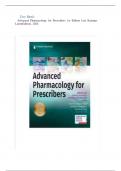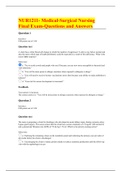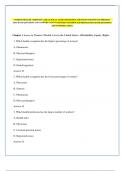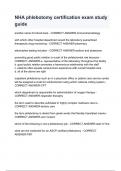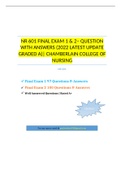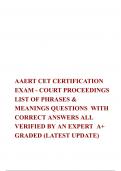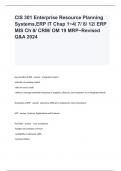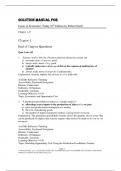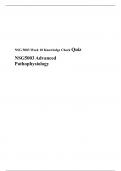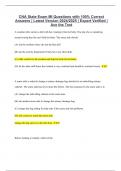Exam (elaborations)
Test Bank For Advanced Pharmacology for Prescribers 1st Edition Luu Kayingo complete guide with rationale
Test Bank For Advanced Pharmacology for Prescribers 1st Edition Luu Kayingo complete guide with rationale Advanced Pharmacology for Prescribers 1st Edition Luu Kayingo complete guide with rationale 1 Chapter 1: An Introduction to Evidence-Based Clinical Practice Guidelines 3 Chapter 2: Pharmacokine...
[Show more]
